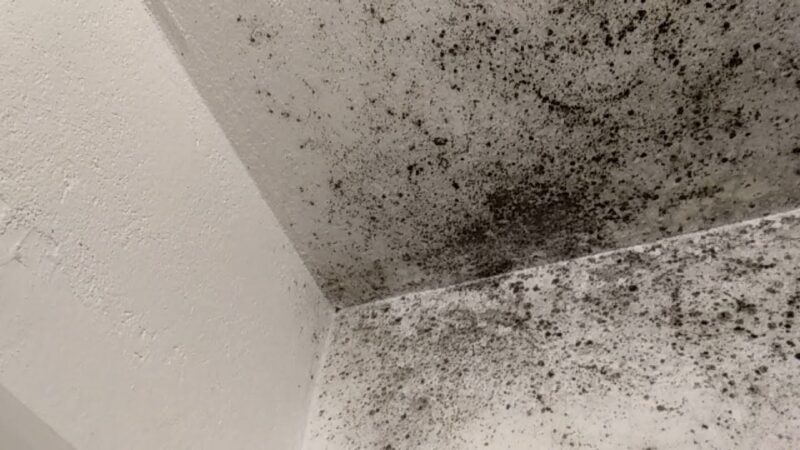Mold is a sneaky intruder, often lurking in the shadows of our homes, hidden from plain sight yet capable of wreaking havoc on our health and property. As it thrives in damp, dark corners, it can silently spread, creating problems that extend far beyond unsightly patches on walls.
Often, the telltale signs of mold infestation go unnoticed until significant damage has occurred. But fear not—understanding the less obvious indicators can empower you to take action before the situation escalates.
In this article, we’ll uncover the top three sneaky signs of mold lurking in your home, arming you with the knowledge needed to safeguard your living space and well-being.
1. Unexplained Allergies or Respiratory Issues

Unexplained allergies or respiratory issues may be sneaky indicators that mold has taken residence in your home. Consider this: you wake up with a persistent cough, or your child suddenly develops itchy, watery eyes without any apparent cause.
You dismiss these symptoms as seasonal allergies or a stubborn cold, but what if they signal a deeper problem? Mold spores—those microscopic, airborne perpetrators—can trigger allergic reactions and exacerbate respiratory conditions like asthma, often hiding in damp corners or within your walls, unseen yet influential. It’s a silent struggle, one that many face without realizing that these health issues might be woven into the very fabric of their living space.
If you find yourself feeling chronically unwell, it may be time to investigate the lurking threat that could be hiding in plain sight.
2. Musty or Unpleasant Odors

One of the most telltale signs of mold lurking in the corners of your home is the presence of musty or unpleasant odors. Imagine walking into a room, only to be greeted by a damp, earthy scent that clings to the air—this is often molds distinct signature, signaling that it has taken root somewhere hidden from plain sight.
These odors can be particularly strong in areas prone to moisture, like basements, bathrooms, or behind walls where leaks may have occurred. And while some might dismiss these smells as just a nuisance, it’s crucial to understand they can indicate an underlying mold problem that requires immediate attention.
Ignoring these unsettling scents could allow mold to proliferate, transforming your sanctuary into a breeding ground for health hazards. So, if you catch a whiff of something off, it’s time to sweep aside the curtains of neglect and investigate further; your home—and your well-being—may depend on it.
3. Water Damage or Moisture Accumulation

Water damage or moisture accumulation is often the stealthy precursor to an unwelcome mold invasion in your home. Picture this: a small leak under the sink, perhaps unnoticed for weeks, steadily saturating the wooden cabinetry.
The silent pooling of water invites mold spores to flourish, transforming your seemingly benign space into a breeding ground for fungi. Even high humidity levels can contribute to this scenario, as excess moisture clings to surfaces and seeps into porous materials.
Your walls and ceilings may show subtle signs—slight discoloration or a faint musty odor—that hint at looming trouble. Pay attention to these clues, because unchecked moisture can lead to severe structural issues, not to mention health risks for you and your loved ones.
If you suspect water issues, investigate promptly, for every droplet counts in the fight against mold.
Conclusion
In conclusion, being vigilant about the sneaky signs of mold in your home is crucial for maintaining both a healthy living environment and the structural integrity of your property. From unexplained musty odors to visible discoloration on walls or ceilings, these indicators can serve as early warnings of potential mold growth.
Regular checks and a proactive approach can help you catch mold problems before they escalate. If you notice any of these signs or simply want peace of mind, consider reaching out to a Mold Inspection Company to assess your home. By taking prompt action, you can safeguard your home and your health from the detrimental effects of mold.


